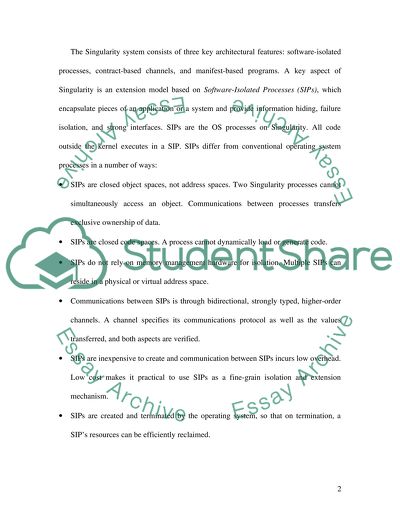Cite this document
(“Contemporary Software Systems: Singularity Term Paper”, n.d.)
Contemporary Software Systems: Singularity Term Paper. Retrieved from https://studentshare.org/information-technology/1534259-operating-system-master-essay
Contemporary Software Systems: Singularity Term Paper. Retrieved from https://studentshare.org/information-technology/1534259-operating-system-master-essay
(Contemporary Software Systems: Singularity Term Paper)
Contemporary Software Systems: Singularity Term Paper. https://studentshare.org/information-technology/1534259-operating-system-master-essay.
Contemporary Software Systems: Singularity Term Paper. https://studentshare.org/information-technology/1534259-operating-system-master-essay.
“Contemporary Software Systems: Singularity Term Paper”, n.d. https://studentshare.org/information-technology/1534259-operating-system-master-essay.


